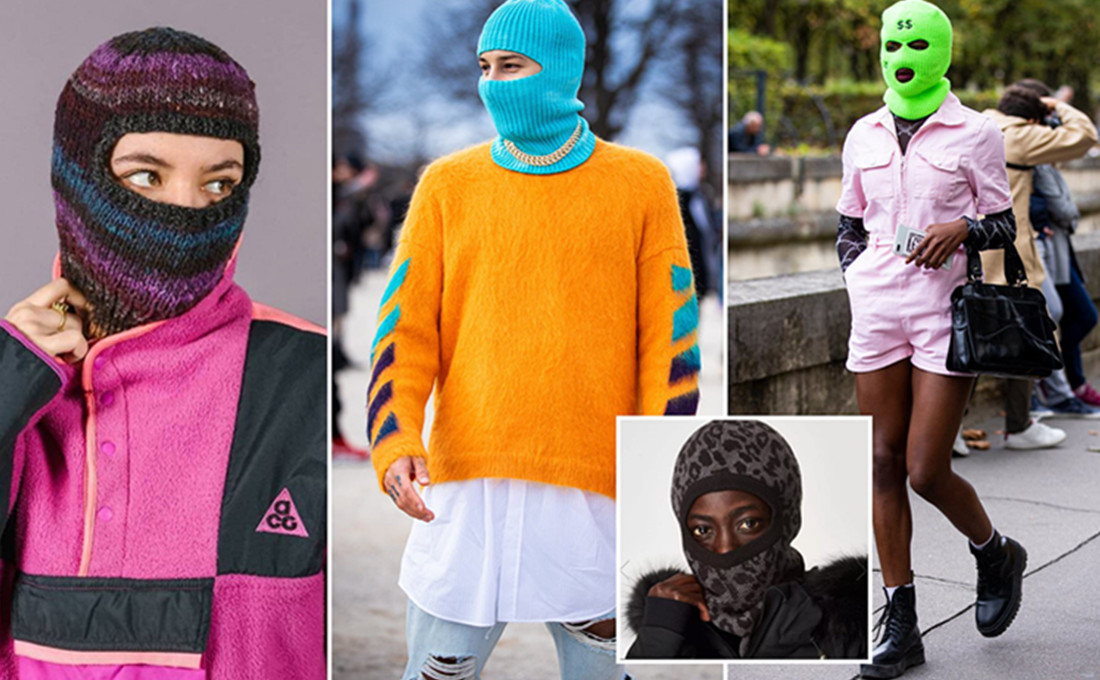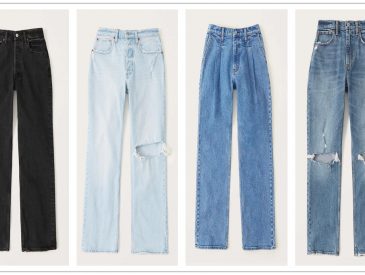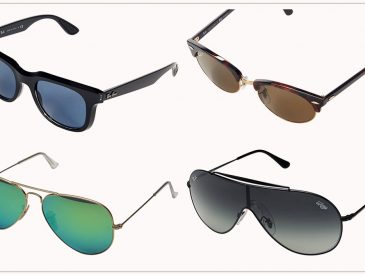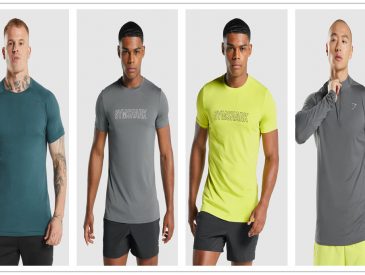Designing a balaclava can be a challenging task. Balaclavas are an essential part of a ski kit and there is no one perfect balaclava for all conditions. A study by the University of New Hampshire found that snowboarders and skiers were more likely to use helmets when using a balaclava that provided some jaw protection. The study also concluded that skin protection is not as important when choosing what type of balaclava.
1. Initial considerations
A balaclava must be long enough to meet the needs of your neck; it’s not necessary to design a balaclava so that it covers your entire head. The ideal length for a balaclava is somewhere between the bottom of your chin and the top of your nose. If you have really long hair then you may be able to find a suitable balaclava in a larger size (the only exception is with snowmobiling and other cold-weather sporting activities). Your needs may differ from those of your skiing buddy, who has shorter hair but will require a balaclava that reaches up over his glasses.
2. Designing the balaclava
When choosing what shape of balaclava you will use, you must think about your skiing experience and skill level. A simple oval or round-shaped balaclava will provide ample protection for most people. For those who are more daring and like to go off-piste, it is best to have a double layer of thin windproof fabric covering your face and neck.
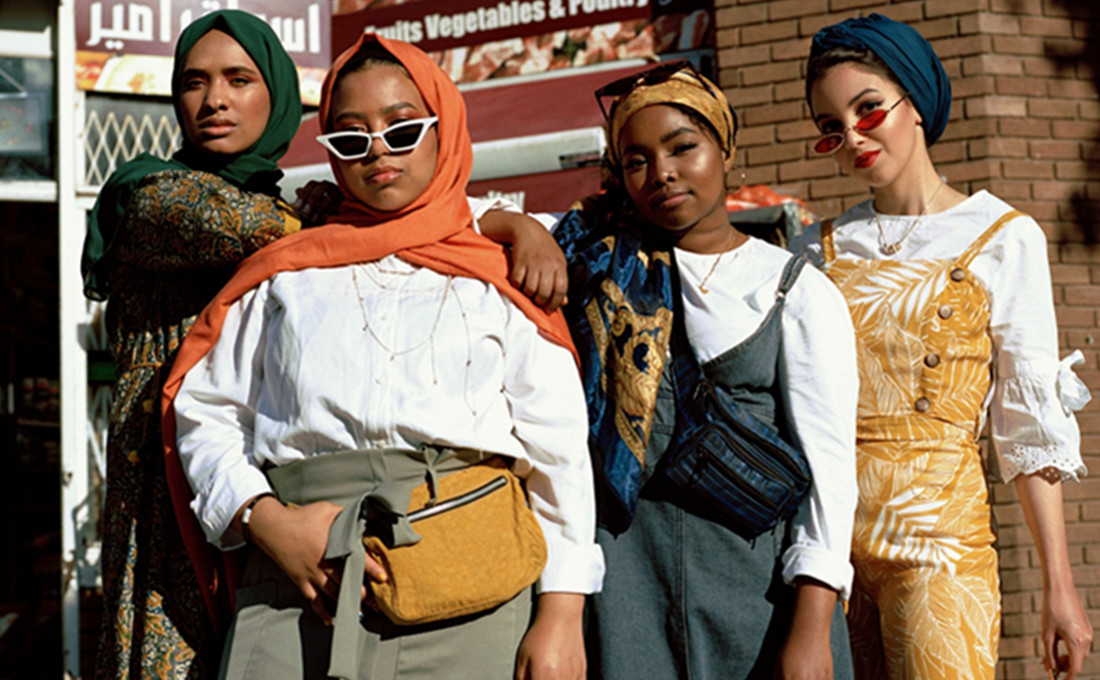
This type of design works well with a helmet too. If you choose this option, remember not to buy an overly large balaclava that will become entangled in your helmet’s chin strap or gummer (the thingy on the back of your helmet).
3. Size The size of the balaclava is a personal preference, and you will have to decide where you have it fitted. These factors should be taken into account:
Size of the owner – small person or big person? The narrower your neck the thinner your balaclava must be, but if you are extremely narrow-necked then take note that even the thinnest of balaclavas may not fit beneath your chin.
The wider your neck the thicker your balaclava must be, but do not go so far that it rucks up or becomes uncomfortable under a helmet’s chin strap.

